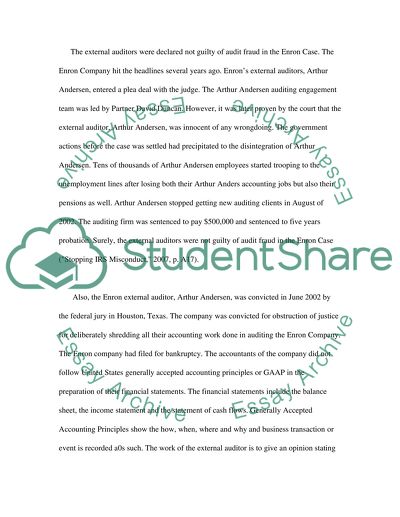Cite this document
(“Enron Case: Accounting Controversies Essay Example | Topics and Well Written Essays - 1250 words”, n.d.)
Enron Case: Accounting Controversies Essay Example | Topics and Well Written Essays - 1250 words. Retrieved from https://studentshare.org/finance-accounting/1516019-accounting-controversies-essay
Enron Case: Accounting Controversies Essay Example | Topics and Well Written Essays - 1250 words. Retrieved from https://studentshare.org/finance-accounting/1516019-accounting-controversies-essay
(Enron Case: Accounting Controversies Essay Example | Topics and Well Written Essays - 1250 Words)
Enron Case: Accounting Controversies Essay Example | Topics and Well Written Essays - 1250 Words. https://studentshare.org/finance-accounting/1516019-accounting-controversies-essay.
Enron Case: Accounting Controversies Essay Example | Topics and Well Written Essays - 1250 Words. https://studentshare.org/finance-accounting/1516019-accounting-controversies-essay.
“Enron Case: Accounting Controversies Essay Example | Topics and Well Written Essays - 1250 Words”, n.d. https://studentshare.org/finance-accounting/1516019-accounting-controversies-essay.


